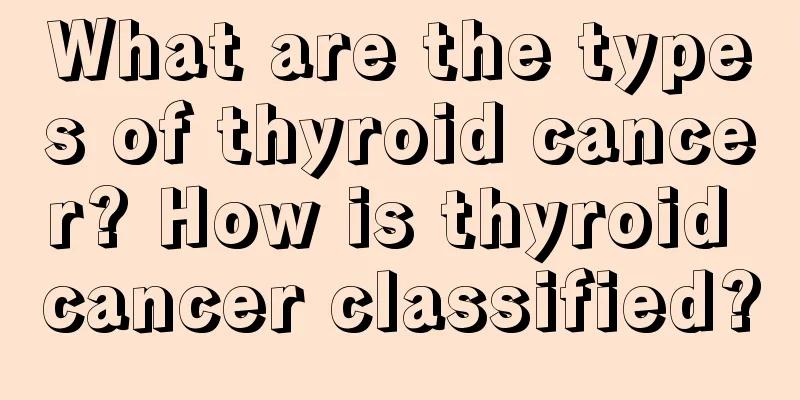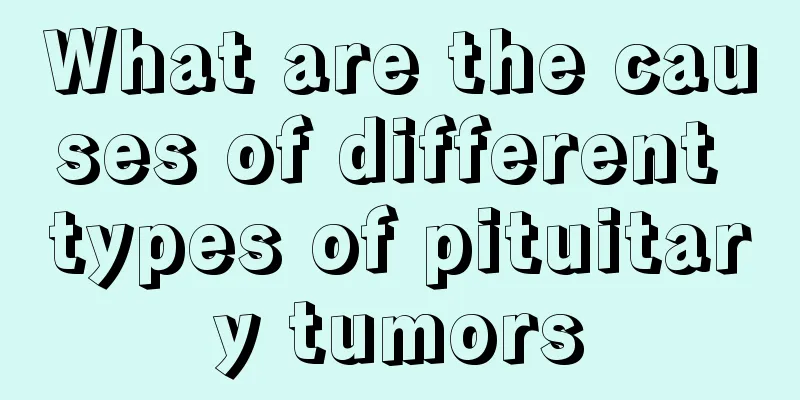What does fungus negative mean

|
In life, there are many pathogens that cause infections, including bacterial infections and fungal infections. Patients with fungal infections generally show fungal negativity. Fungal negativity is caused by the infection of the skin. There are many types of fungi, and you need to know the type of fungal infection in order to treat the disease. Let us now understand what fungus negative means. A negative fungal test result means that no fungal infection was found in the sample examined. It is also possible that fungi are present in the sample examined, but no fungi, nor fungal spores or hyphae are found in the sample sent for testing. In this case, the test result may be negative. There are two possible situations. One is truly negative, and the second is a false negative. False-negative fungi are not easy to detect, the detection rate is very low, and repeated tests may be required. If the disease is not detected the first time, clinically it is still considered to be a fungal infection and another fungal examination may be necessary. Including fungal examination of blood or sputum, only through repeated examinations can a correct conclusion be drawn. The above content is for reference only. Please follow the doctor's face-to-face consultation instructions for specific medication and treatment. Tests for fungal skin infections: 1. Fungal microscopic examination: Select a few scales or hairs at the edge of the lesions. Place on a glass slide, add a drop of potassium hydroxide solution, and cover with a glass slide. Then heat it on an alcohol lamp for a few moments to promote the dissolution of keratin. Finally, microscopic observation was performed. A positive fungal test confirms the diagnosis, but a negative result cannot rule out the diagnosis of ringworm. 2. Fungal culture: The conventional culture medium is Sabourauad medium. After inoculation, the scales, hair or blister membrane taken from the lesion are placed in a constant temperature box at 25~30℃ for culture. Generally, colony growth can be seen in about 5 days, and then the strain can be identified. If no colonies grow after three weeks of culture, the culture can be reported as negative. 3. Check with filtered ultraviolet lamp: This lamp, also known as Wood's lamp, is a device in which ultraviolet rays pass through a glass containing nickel oxide. In a dark room, certain fungi can be seen producing colored fluorescence under the irradiation of filtered ultraviolet lamp. This can provide important reference for the clinical diagnosis of superficial fungal diseases, especially tinea capitis, based on the presence or absence and color of fluorescence. In addition, the light is also helpful for group inspections in nurseries, for example. |
>>: How to treat fungal dandruff
Recommend
How many hours does it take to make yogurt in summer
In the summer, if people have free time at home, ...
The cold wild vegetable purslane has such nutritional value
In the hot summer, you can make a cold dish of wi...
What are the items in the surgical examination for pituitary tumors
What items are included in the surgical examinati...
There is a hard pimple on my eyebrow bone
The brow bone is the shape of the eyebrows. What ...
What are some good treatments for toothache
Toothache is quite common in life. There are many...
Note: A mass in the right upper abdomen is also a symptom of gallbladder cancer
It is necessary to understand the early symptoms ...
7 tips for dealing with excessive oil secretion in the nose
The sebaceous glands in human skin are concentrat...
How to remove spots on cheeks
Everyone wants to maintain a flawless facial imag...
What are the dangers of fat-dissolving slimming capsules?
In order to have a better figure, many people are...
What good ways do you have to protect the environment?
The quality of our living environment has a direc...
Erythromycin eye ointment for treating nasal concha hypertrophy
Erythromycin eye ointment can treat many diseases...
How to regulate and gain weight with bad stomach, what is the diet therapy
Many friends with poor stomachs are prone to weig...
What to eat to get the best breast enhancement effect
As girls, do you usually feel troubled because yo...
Treatment of femoral head necrosis
Treatment of femoral head necrosis? I believe eve...
What are the complications of nasopharyngeal carcinoma
Common sequelae of nasopharyngeal carcinoma inclu...









